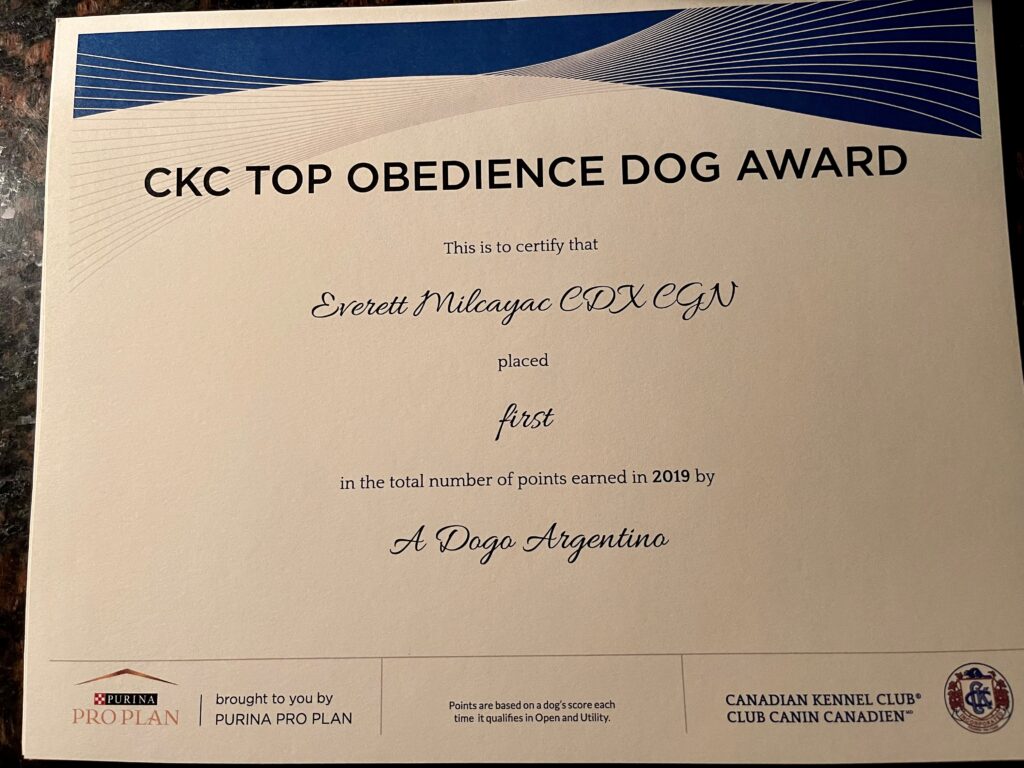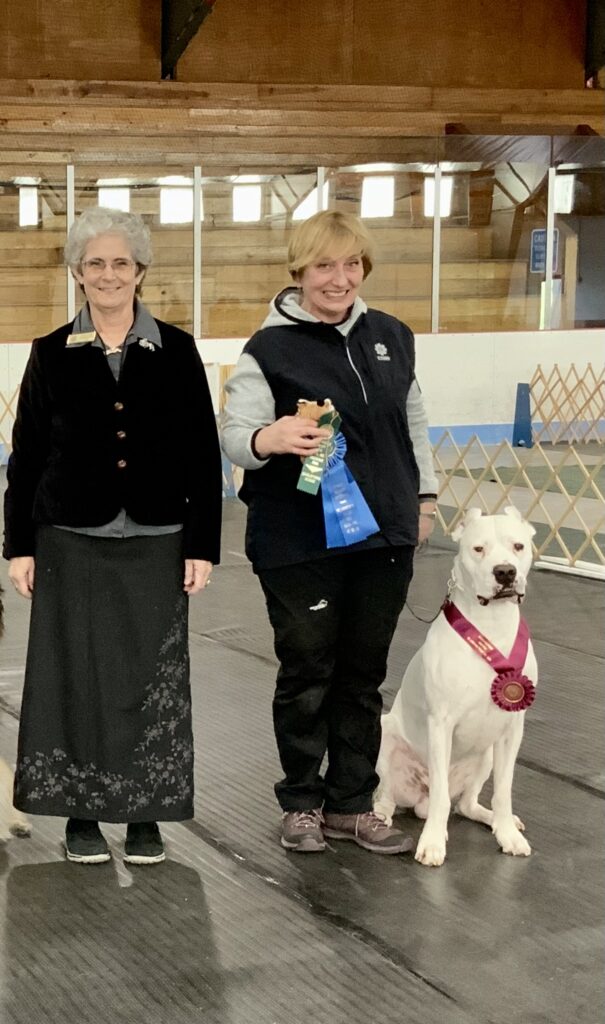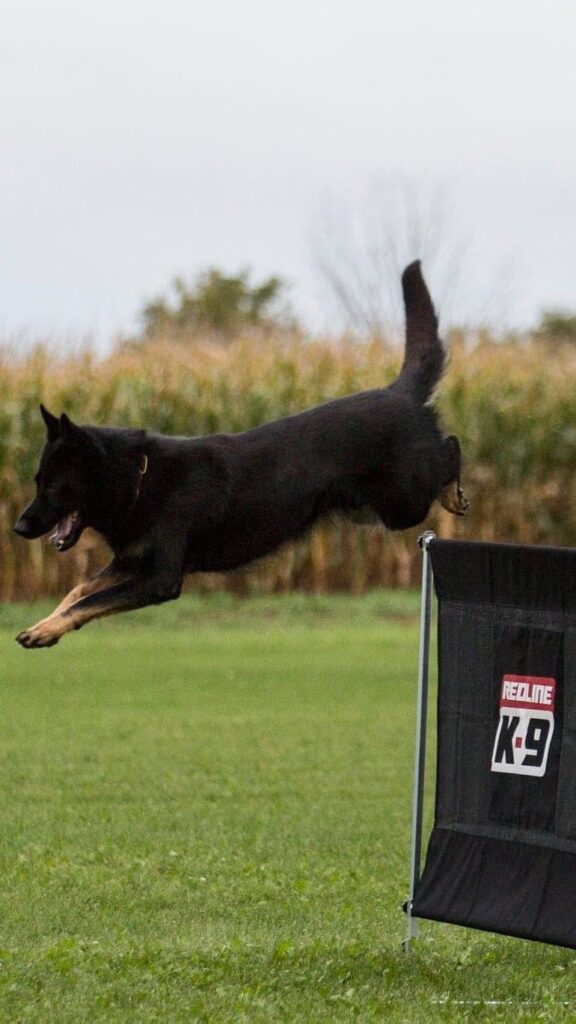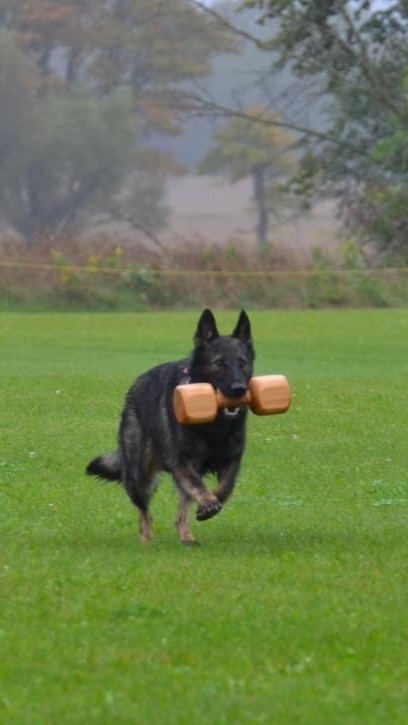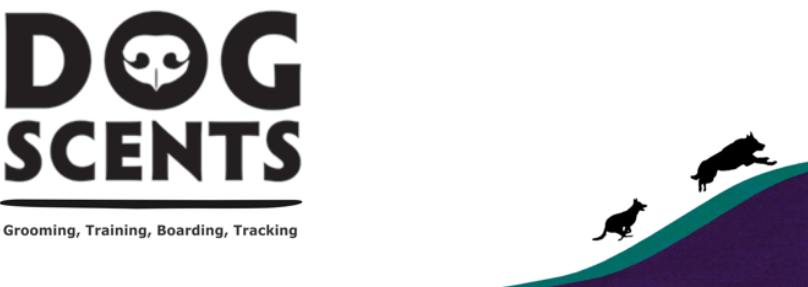Elements of learning
Training involves a systematic approach to learning. Before learning to “Come”or “Heel” there needs to be a common “expectation” that both the dog and the handler has associated with a command. Its unfair to ask your dog to do something it doesn’t really understand.
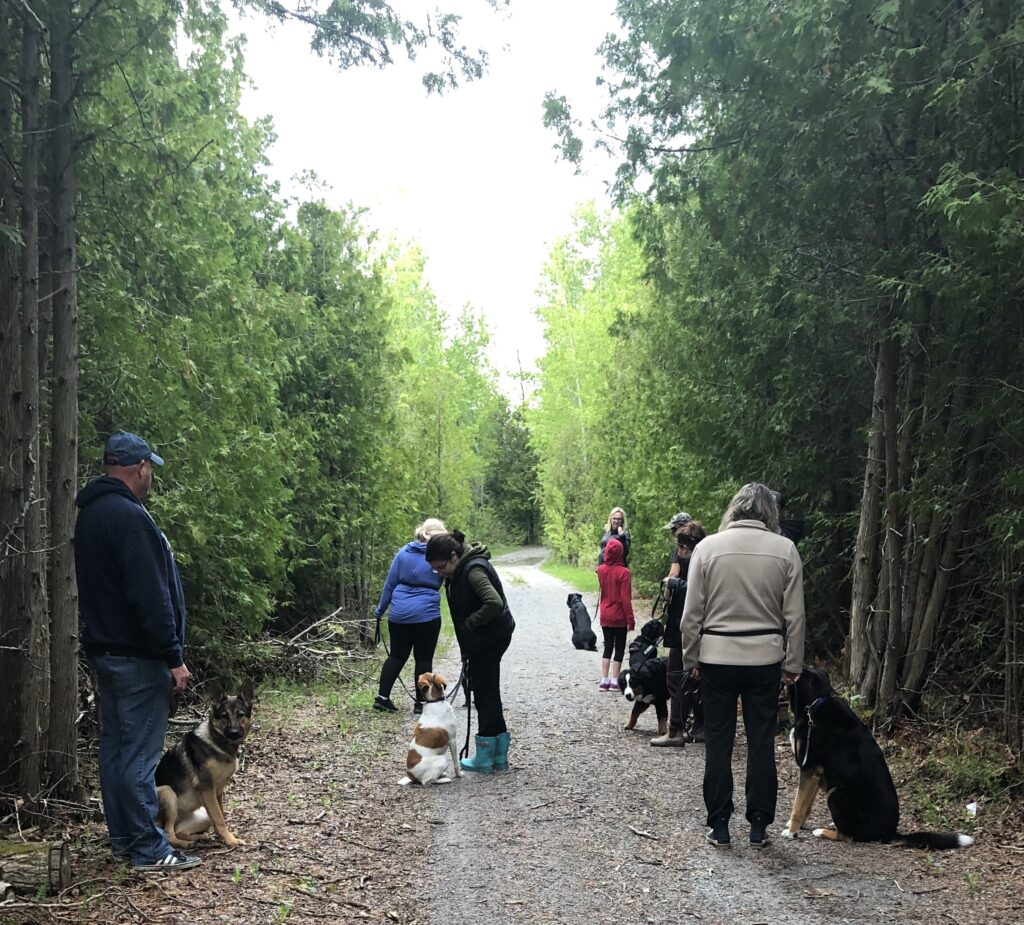
Attitude
If you are in a bad mood the dog knows! Not the time to be training. When you step on to the field or in the training room, your dog can sense your mood. Play, laugh have fun. At the same time you can be firm, clear and fair.
Remember: Your emotions travels down the leash.
Stages of learning
Learning requires that you have your dog’s full attention.
Remember: if your dog is looking at something else he/she is thinking of something else.
Break exercises down into small bites, smallest components of what dog must do to complete an exercise. Heeling for example involves attention, the side position and maintaining that position and “sit”. Teach attention, then sit, followed by the side position. Failure to fully understand each component compromises successful completion of the whole exercise.
Remember: break exercises down for easier learning.
Clarity; being clear and consistent in training avoids confusion. Sit means sit and down means down every time and all the time maintaining full attention. Remember: a clear and consistent expectation of a command is being fair.
Teaching, proofing and securing.
Teaching is usually accomplished by Luring and sometimes physically helping the dog to execute an exercise such as “sit”. Luring requires your dog to have an appetite for the treats you will be using.
Remember: Your dog needs to be motivated to work, they should be hungry and on completion of each exercise anticipating a reward.
Proofing involves testing the dogs understanding of a command by having the dog demonstrate a clear willingness to execute the command and a clear unwillingness to leave that position until the next command is given. For example the command “sit” means the dog willingly sits without help. By the same token the dog should be able to show you that it is reluctant to leave that position until the next command or a release command. Proofing uses a reverse response technique where apply pressure on the leash while a dog is in position and it demonstrates it doesn’t want to leave the position.
Securing the exercise or command is when the dog can show you it can execute the exercises under high levels of attraction, such as other dogs, people or its favorite toy.
Remember: Be fair, don’t ask a dog to do something it hasn’t learned or expect the dog to properly execute the exercise without completing the training process at each level.
Fundamental Positions
There are some simple positions that your dog needs to learn and there is a process to learning these positions. I describe basic learning methods, however, we make adjustments to individual dogs to address temperament and their individual challenges.
Sit: the dog sits on command and looks at you. Teach this by using food to lure the dog in to position, the leash to control movement and a slight tug on the fur at the rear end, which results in the dog instinctively resisting by bringing its butt down.
Down: The dog lays in the down position. Lure the dog into the position, controlling the dogs movement with the leash and pushing your hand with food towards the dog’s nose, dropping your hand at the same time. Reward only when the dog is completely down.
Stand: The dog stays in a fixed standing position without moving its feet. Initially Lure the dog from a down position to a stand. Later we slowly walk backwards with the dog slowly walking following your hand with food, you stop and the dog stays in a fixed standing position.
Basic Position: the dog sitting at your left side. The dog is calm, comfortable and attentive. There are a number of ways to tech the dog to maneuver into position, either shifting to the position or circularly going around the handler. We start teaching the exercise through luring the dog into position and paying the dog when it has completed the exercise.
Front position: the dog sits attentively in front of the handler. This is taught luring the dog in with food and controlling movement with the leash and completed with a sit. Gently guide the dog into position using its collar in one hand and with food in the other. As the dog is close guide its nose up and assist him or her to sit. Wait two to three seconds step back and repeat the motion to front position. Luring and guiding the dog each time followed by a reward. Over time when the position is secured the handler will be able to move in a circular or sideways manner and the dog will automatically adjust to the correct position.
On leash walking
I teach three leash walking positions:
- Heel, starting from basic position. This is a formal position and heeling.
- Walk position, walking calmly but casually beside the handler.
- Go out, where the dog gets to lead the walk without excessive pulling on the leash. I will change positions as a I go for walks, reinforcing each of the positions.
Competitive Obedience
To be successful in competitive obedience, one needs to have the willingness to invest time and patience to achieve a well defined goal. Foundation takes time. It comes after many repetitions making sure you give a clear communication to your dog. A good handler is always aware of the dog’s emotion. Success is achieved when handler and dog become a team, understanding and thriving together. I work closely with all my students to make sure they develop a solid bond with their dog and get the most from both their abilities.
Handlers
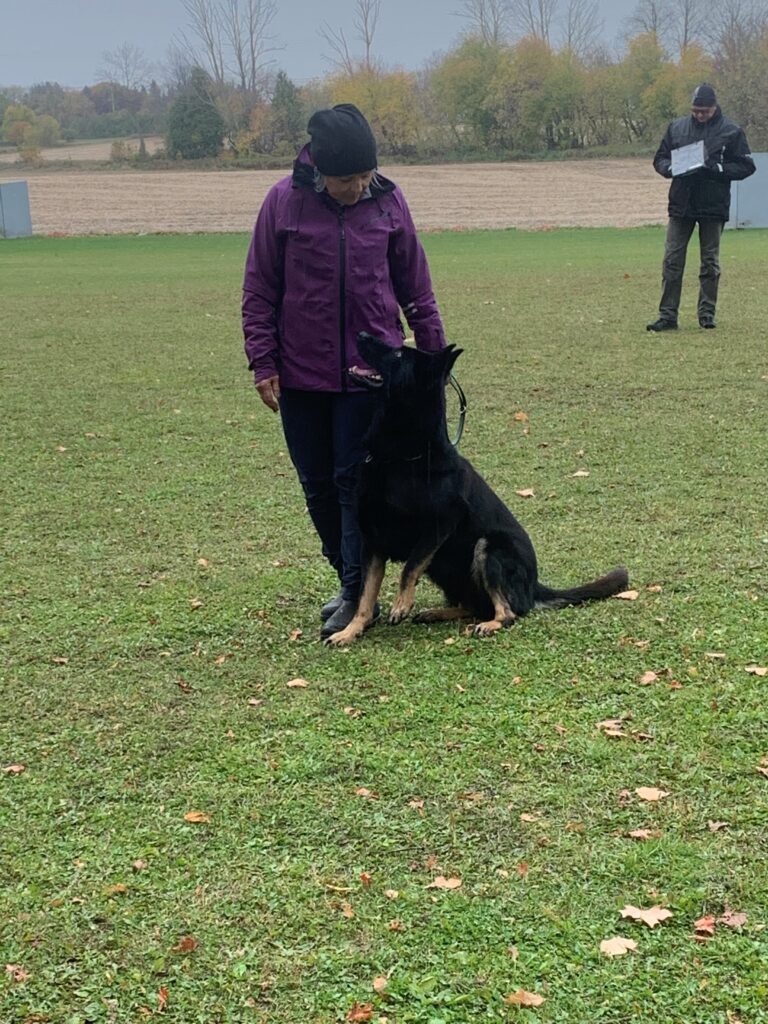
What all handlers need to remember!
~A novice handler wants to work on intermediate exercices.
~An intermediate handler wants to work on advanced excercises.
~An experienced handler wants to work on foundation.
